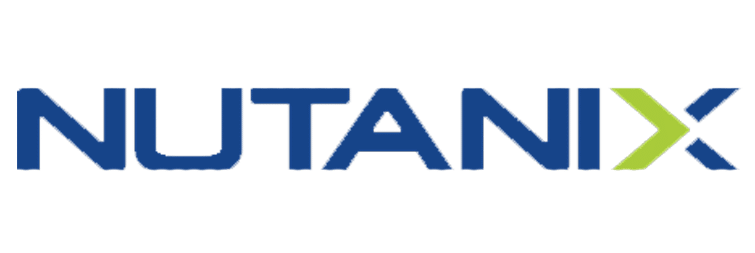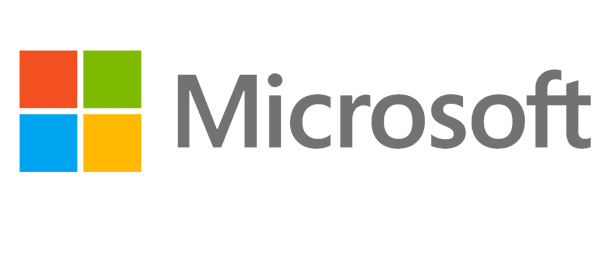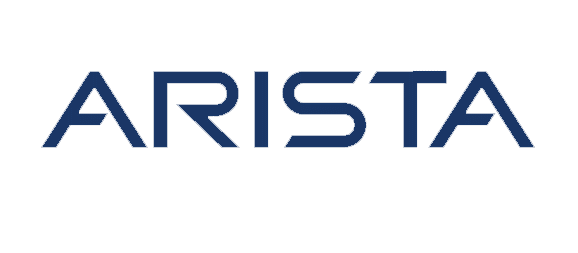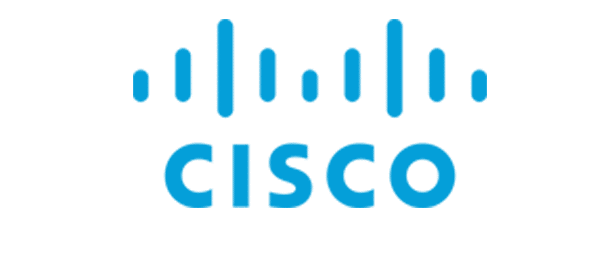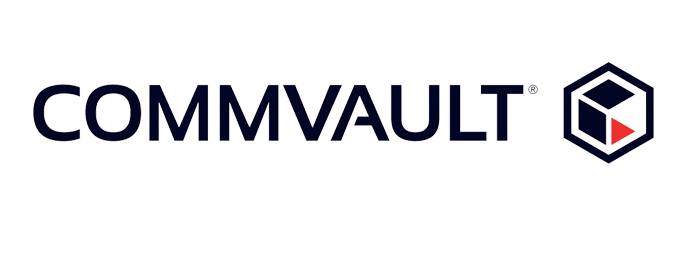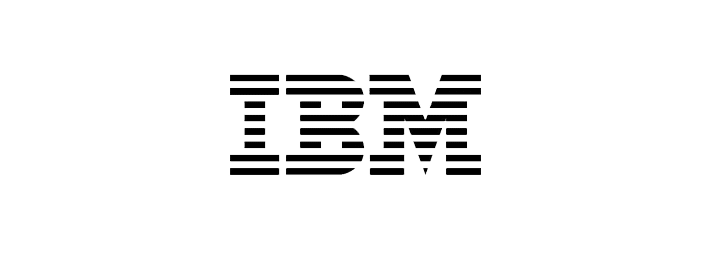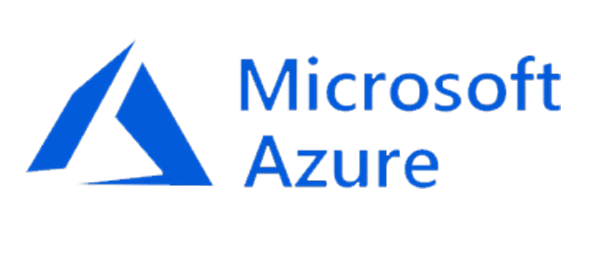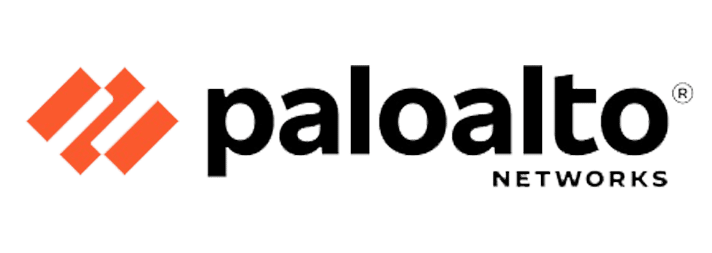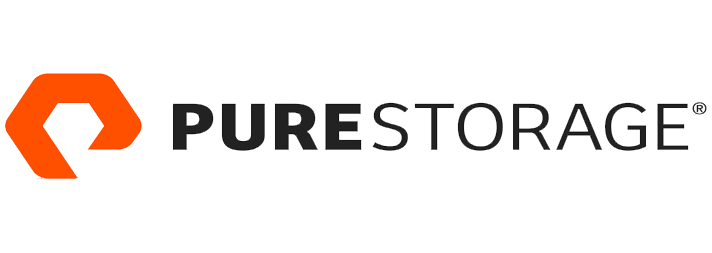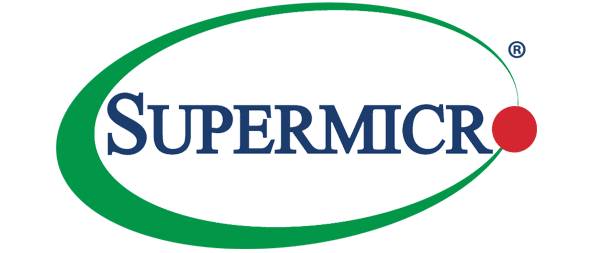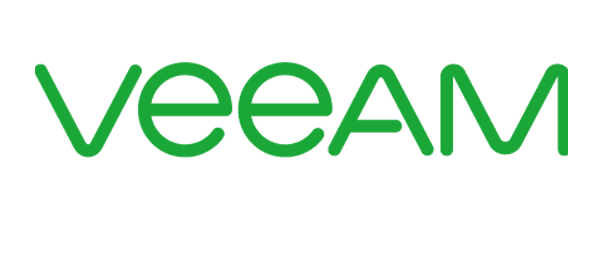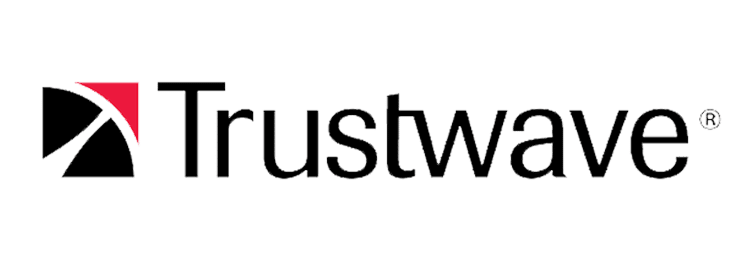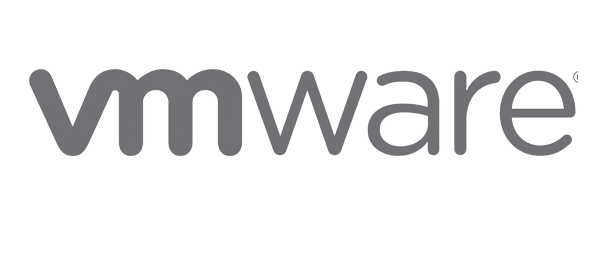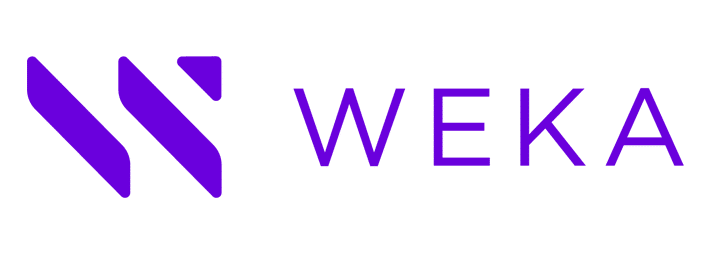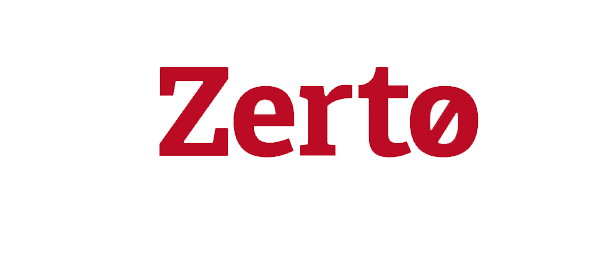Secure Access Service Edge (SASE) Solutions: Security & Connectivity Through a Single Service Edge

Traditional network perimeters no longer cut it. With businesses embracing cloud services and remote work, organizations need a new approach to securely connecting users and locations to applications. That’s where Secure Access Service Edge (SASE) comes in—offering a modern solution to today’s security challenges.
Table of Contents
- What’s Secure Access Service Edge (SASE)?
- Choosing the Right SASE Solution & Vendor
- Choose the Right SASE Solution with Confidence
What’s Secure Access Service Edge (SASE)?
Secure Access Service Edge (SASE) is a cloud-based security framework that combines network and security services into one solution. It unifies wide-area networking (like SD-WAN connectivity) with a full suite of security functions on one global platform. Instead of backhauling traffic to a central data center or managing many separate security appliances, SASE pushes these capabilities to the cloud “edge,” closer to users and devices wherever they are. This fast, secure access to applications (whether hosted in a data center, public cloud, or SaaS) without compromising on security policies.
SASE delivers networking and security as an integrated cloud service. A complete SASE solution typically includes the following capabilities, all managed together:
- Software-Defined Wide Area Network (SD-WAN): A virtualized network approach that optimizes traffic routing and enhances performance across multiple locations, improving security, reliability, and cost efficiency compared to traditional WANs.
- Secure Web Gateway (SWG): A security solution that protects users from web-based threats by filtering malicious content, blocking unsafe websites, and enforcing internet usage policies.
- Cloud Access Security Broker (CASB): A security layer between users and cloud applications that provides visibility, compliance enforcement, data security, and threat protection for cloud-based services.
- Firewall-as-a-Service (FWaaS): A cloud-delivered firewall solution that provides scalable and centralized network security, offering advanced threat protection without needing on-premises hardware.
- Zero Trust Network Access (ZTNA): A security framework that ensures users and devices are granted access only to specific applications based on strict identity verification and continuous authentication, minimizing attack surfaces.
Why SASE Matters: Trends & Challenges Driving Adoption
Digital transformation and cloud adoption have fundamentally changed network traffic patterns. More employees access applications in the cloud or work remotely, bypassing traditional office networks. As Gartner observes, “with the digital transformation of businesses, security is moving to the cloud,” driving the need for converged networking and security services to reduce complexity and improve agility.1 The old hub-and-spoke network (routing everything through a central data center) is too slow and inefficient for today’s cloud-first world. SASE’s cloud-based approach optimizes performance by routing users directly and securely to the resources they need.
Key trends fueling SASE adoption include:
- Remote & Hybrid Workforce: SASE enables secure, seamless access for remote users by applying zero-trust principles and cloud-based connectivity, eliminating the need for traditional VPN bottlenecks.
- Cloud Migration: As businesses shift to SaaS and cloud platforms, SASE enforces security at the edge, ensuring consistent user protection, whether on-premises or remote.
- Network Complexity & Costs: SASE consolidates multiple networking and security functions into a unified cloud service, simplifying management, reducing costs, and eliminating the need for disparate point solutions.
- Modern Security Threats: SASE integrates advanced protections like threat filtering, data loss prevention, CASB, and ZTNA to safeguard users, cloud apps, and networks against evolving cyber threats. For industries like healthcare, where data security and compliance are paramount, SASE is not just beneficial—it’s essential.
These drivers explain why SASE has quickly gained traction. Analysts are seeing rapid growth in SASE adoption. For example, Gartner predicts that by 2025, more than 50% of businesses will have explicit strategies for SASE adoption, up from less than 5% in 2020.2 Such forecasts underscore that SASE is not just a buzzword but a real priority for modern IT strategy.
How SASE Solves Security & Connectivity Challenges
SASE eliminates trade-offs between security and performance by merging networking and security into a unified cloud-based solution. Instead of routing traffic through a data center (adding latency), security is applied at cloud points of presence worldwide.
- Zero Trust Security: Enforce strict authentication and access controls to protect applications and data.
- Real-Time Threat Detection: Leverage AI-driven analytics to proactively identify and mitigate cyber threats.
- Simplified Management: Monitor and control everything from a single, centralized dashboard.
- Integrated Security: Protect users and data with built-in SWG, FWaaS, CASB, and ZTNA capabilities.
- Scalability: Seamlessly expand security as your business grows—without managing multiple vendors.
- Optimized Performance: Reduce latency and improve connectivity for remote and on-site users.
Choosing the Right SASE Solution & Vendor
As SASE popularity grows, many providers now market “SASE solutions,” but not all offerings are equal. It’s important for businesses to carefully evaluate SASE vendors and choose a solution that truly meets their needs. SASE is an architecture, not a single product, so vendors deliver it differently. Some offer an all-in-one platform (single-vendor SASE), while others combine SD-WAN from one provider with security from another (multi-vendor SASE, often called Security Service Edge (SSE) for security-only solutions).
Each approach has its pros and cons:
- Single-Vendor SASE: Simplifies integration and management with a unified platform for networking and security, ensuring seamless policy enforcement and performance. However, it relies entirely on one vendor’s technology.
- Multi-Vendor SASE: Combines best-in-class SD-WAN and security solutions for greater flexibility and specialized features but may require more effort to integrate and manage. Some vendors focus more on networking (SD-WAN) and others on security (SSE), adding complexity to the selection process.
Key Considerations When Evaluating SASE Vendors
With many SASE options available, selecting the right one requires careful evaluation. Use these checklists to assess key factors, ensuring the solution aligns with your security, performance, and business needs.
Download our whitepaper, “2025’s Top SASE Solutions,” for an in-depth comparison of leading platforms. Explore key features, pros and cons, and insights to help you choose the right solution for your business.
Core Capabilities
- Does the vendor provide all essential SASE functions previously defined (SD-WAN, SWG, CASB, FWaaS, ZTNA)?
- Are these functions natively integrated or pieced together from different solutions?
Network Performance & Coverage
- What’s the SASE vendor’s global network footprint?
- Do they have service nodes in regions where your users operate?
- How well does their infrastructure support low-latency, high-performance access?
Integration & Management
- How easily does the SASE solution integrate with your existing systems?
- Does it support seamless identity and access management (IAM) integration?
- Is the policy configuration process straightforward and scalable?
SASE Vendor Expertise & Reputation
- Does the SASE vendor have a strong track record in both networking and security?
- Have they been recognized in industry reports, such as Gartner’s SASE reports or Gartner’s Magic Quadrant for SD-WAN or SSE?
Managed vs. In-House SASE
- Do you want a provider to handle deployment, configuration, and ongoing maintenance?
- Does your IT team have the in-house expertise to manage cloud networking and security?
Strategic Considerations
- Have you identified gaps in your current network and security architecture?
- How well do different SASE solutions align with your technical and business needs?
- Would working with an IT consultant help you navigate SASE vendor selection and implementation?
Choose the Right SASE Solution with Confidence
Before choosing a SASE solution, it’s crucial to assess your needs, budget, and technical capabilities. The Comport team is here to help. Our experts will work with you to identify the best-fit solution based on your business and security requirements.
Don’t leave this critical decision to guesswork. Contact us for a personalized consultation, and we’ll help you build a more agile, secure network edge.
Sources:




